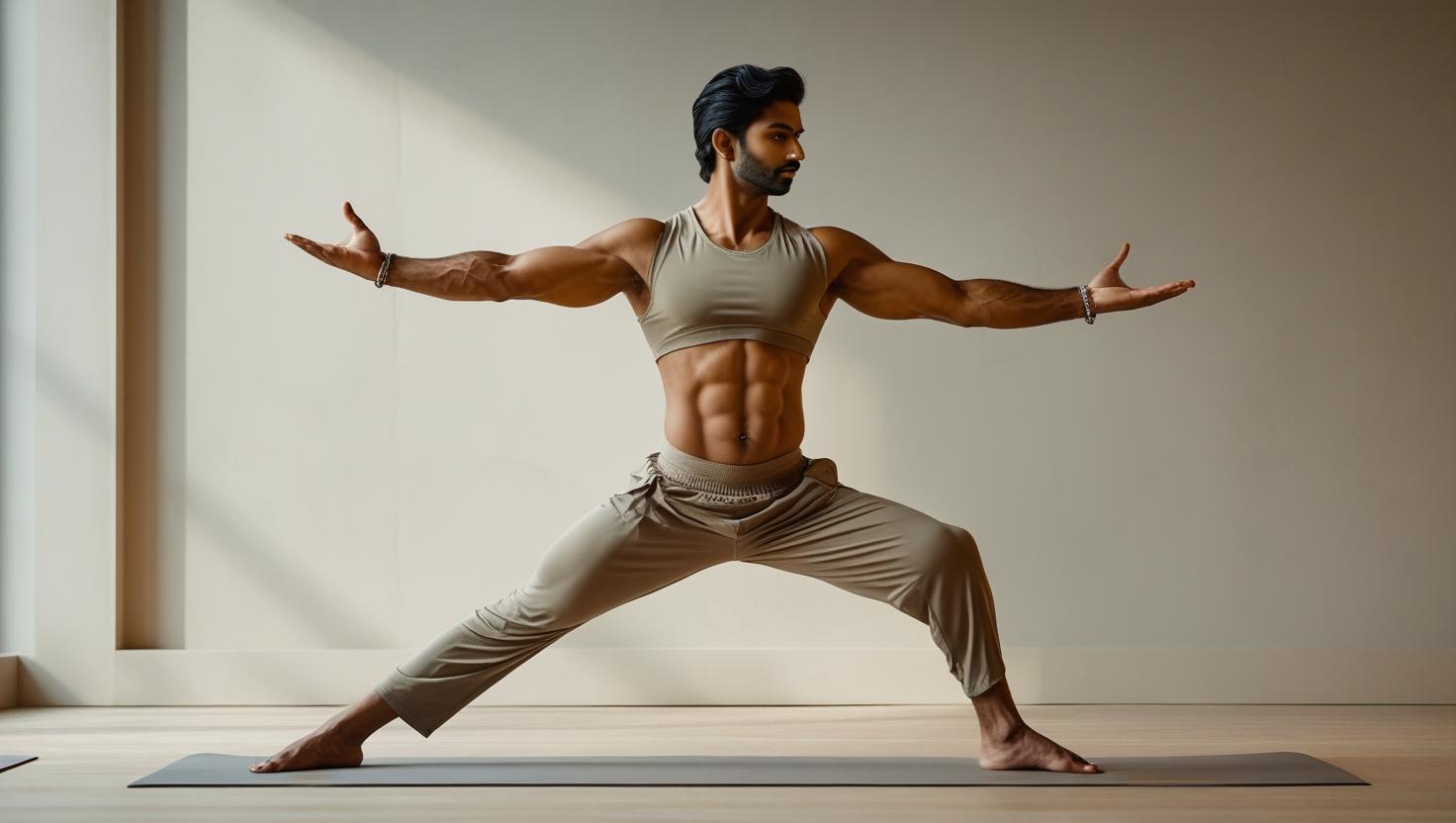30Views 0Comments

Why Flexibility is Key to Injury Prevention and Longevity
Flexibility is often one of the most overlooked aspects of fitness, but it’s an essential component for both injury prevention and long-term physical health. Flexibility isn’t just about being able to touch your toes; it’s about having a full range of motion in your joints and muscles, which allows your body to move efficiently and safely during physical activity. Whether you’re lifting weights, running, cycling, or practicing yoga, flexibility plays a critical role in helping you perform exercises correctly and minimizing the risk of injury. Let’s dive into why flexibility is so important for your overall health, performance, and longevity.
1. Flexibility Reduces the Risk of Injury
When your muscles and joints are tight, they become more prone to strains, sprains, and other injuries. Flexibility exercises, such as stretching and mobility drills, increase the elasticity of your muscles and connective tissues, making them more resistant to injury. For instance, tight hamstrings can lead to lower back pain or injury, while stiff shoulders can result in rotator cuff injuries. By improving flexibility, you ensure that your muscles and joints can move freely and safely, helping to prevent injury during both workouts and everyday activities.
Examples of Flexibility Exercises for Injury Prevention:
- Dynamic stretching before workouts (e.g., leg swings, arm circles).
- Foam rolling to release tension in tight muscles.
- Yoga or Pilates for increasing flexibility, balance, and joint mobility.
2. Improves Posture and Balance
Good posture is not only important for looking confident but also for preventing back and neck pain. Poor posture, often caused by tight muscles, can lead to misalignment of the spine, muscle imbalances, and long-term discomfort. Flexibility training helps keep your muscles balanced and aligned, which in turn improves your posture. Additionally, flexibility plays a key role in maintaining balance, which is particularly important as we age. By improving flexibility, you can avoid slouching and maintain proper alignment, enhancing your overall stability and coordination.
Flexibility Exercises to Improve Posture and Balance:
- Cat-Cow stretch to release tension in the spine.
- Chest openers to counteract the effects of slouching.
- Balance exercises like single-leg stands or tree pose in yoga.
3. Enhances Athletic Performance
Increased flexibility can improve your athletic performance by allowing you to move more efficiently and with greater ease. Whether you’re running, swimming, cycling, or lifting weights, greater flexibility in key muscles—such as the hips, hamstrings, calves, and shoulders—can help you perform better. For example, runners with flexible calves and hamstrings are less likely to suffer from tightness or discomfort during runs, allowing them to achieve better stride length and reduce fatigue. Additionally, having more flexible muscles can enhance your mobility and range of motion, making it easier to perform exercises with proper technique and form.
Stretching for Better Athletic Performance:
- Hip flexor stretches for runners to improve stride length.
- Shoulder stretches to improve overhead mobility for weightlifters.
- Calf stretches for better mobility in cycling and running.
4. Improves Blood Flow and Recovery
One of the major benefits of flexibility training is that it helps improve blood circulation throughout the body. Better circulation means that your muscles get more oxygen and nutrients, which are essential for recovery after a workout. Stretching after exercise helps remove lactic acid build-up, which can cause muscle soreness. Improved blood flow also aids in reducing muscle stiffness and enhancing joint mobility, allowing you to recover faster and be ready for your next workout.

Post-Workout Flexibility Exercises:
- Static stretching after workouts, holding each stretch for 20-30 seconds.
- Foam rolling to reduce muscle tightness and promote recovery.
- Breathing exercises to help release tension and improve oxygen flow.
5. Flexibility Supports Longevity and Healthy Aging
As we age, the natural elasticity of our muscles and joints decreases, leading to stiffness and reduced mobility. Regular flexibility exercises can help slow this process, keeping your muscles and joints in good working order as you age. This is crucial for maintaining independence and mobility well into your later years. Flexibility training promotes healthy joints, prevents chronic pain, and allows for greater freedom of movement in your daily life. Incorporating flexibility exercises into your routine can keep you active and mobile for years to come.
Flexibility Practices for Healthy Aging:
- Gentle stretching sessions to maintain mobility.
- Tai Chi or Yoga for low-impact flexibility and balance training.
- Water aerobics for joint-friendly stretching and movement.

